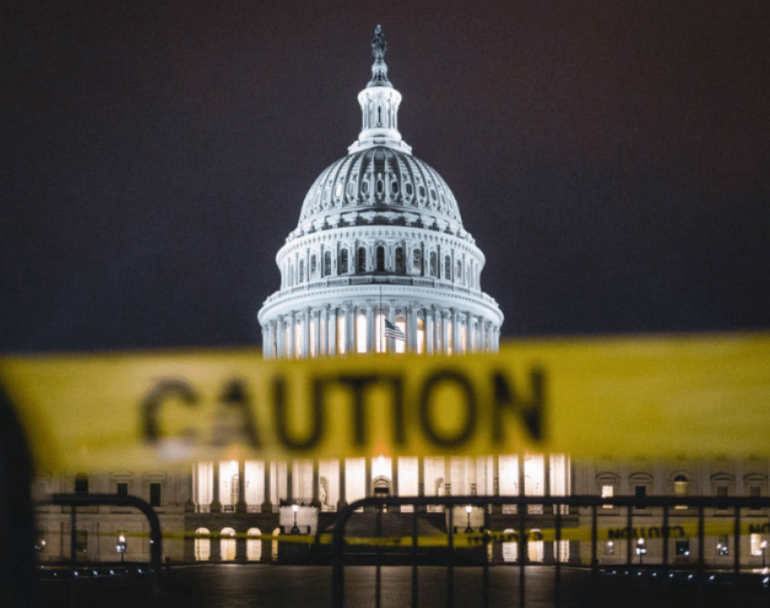
Want Civic Literacy? Quit Focusing on D.C.
By: Justin Spears
If we truly want to engage young people in the political process, we need to stop incessantly talking about Washington D.C. and focus on issues closer to home.
I have been teaching U.S. Government in the state of Indiana for four years now. The first half of my teaching career I spent teaching business, but social studies disciplines are my passion.
When I tell people I teach Government I get a variety of responses. The predominant reaction usually involves people ranting about the current generation’s abysmal understanding of “civics.”
You’ve probably seen the typical “man on the street” interviews with these people. They have no foundational basis for what they believe or why it is right – or in most cases wrong. I see it on a daily basis. I ask probing questions as I begin the class, such as: What is the Bill of Rights? How many branches of government are there? How many senators does each state have? Many of these questions get met with blank stares or wild guesses.
Don’t just take my word for it. The 2019 Survey of Civic Literacy conducted by the American Bar Association also reveals this truth. The survey of 1,000 U.S. citizens gives us a glimpse at some of the shortcomings. For example, one out of every 10 people believes the Declaration of Independence freed the slaves. While the overall numbers were somewhat encouraging, there are several responses that highlight the gap that exists in truly understanding how our government should and does function.
So what do we do?
There are a variety of opinions on how we should try to improve our civic literacy. Here in the state of Indiana, the General Assembly has proposed introducing a civics test to seniors. In fact, it would be the same test issued to new citizens of the country.
While this is a noble gesture, it completely misses the mark.
Former Speaker of the House Tip O’Neil once famously quipped “all politics is local”. What did the former representative from Massachusetts mean with this phrase? As he faced a challenge for his seat, he used this logic in appealing to the voters at the local level by introducing a $1 billion spending bill on infrastructure.
Of course, to those who follow politics, this kind of pork-barrel spending is what drives people crazy. However, it also drives home the point; if we want to increase civic literacy, we must teach people about local matters.
Congressional solutions generally leave constituents frustrated and feeling ostracized. So, instead of looking to the federal Congressman for relief, people should look to their local representatives for answers.
When we spend so much of our time and energy focused on Washington, D.C. and the general government, it can be easy to lose interest. In reality, I will never come into direct contact with those elected there or with the bureaucrats that run the Beltway. I am much more inclined to be impacted by my county commissioners, town councilman, school board members, etc.
These past few years, my students got a first-hand look at this, as the county they live in went through a debate over introducing windmills. They were able to see the billboards, and read the op-eds and opinion pieces from local businessmen and politicians on the matter. Students attended open hearings and learned on their own about the pros and cons of wind power.
At one point in my class, I use the Nullification in One Lesson provided by The Tenth Amendment Center. It is always encouraging to see how students engage with the lesson. I routinely get students that comment on how they had no idea that the states could have a say so in public policy.
Teaching our students the power they have as citizens is vital. We must move on from focusing on the worn out “We the People” and rehashing the mantra that we are a “democratic republic.” We should be discussing how we, as citizens, can return power back to the state and local levels through applying the principles of the 10th Amendment. We should be highlighting the power that local leaders have in making policy that impacts us on a regular basis.
Taking this route will not only increase civic engagement, but it will highlight the true intended structure for a future generation of leaders. This will provide them with the best understanding of how federalism was intended to work. It will empower them to act and be involved when they see the power of local and state government and not feel powerless to the machine in D.C.